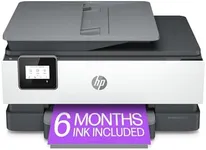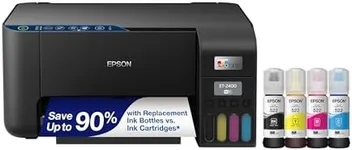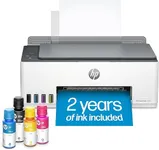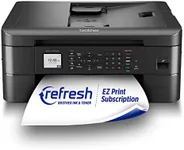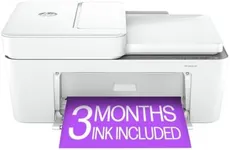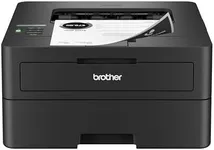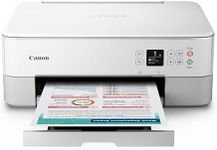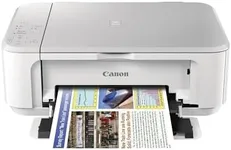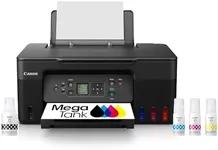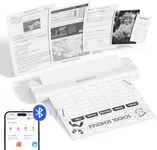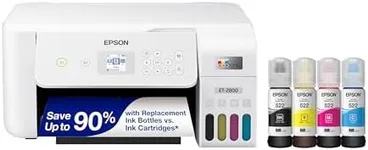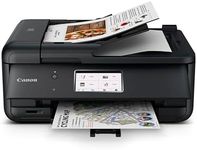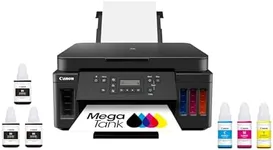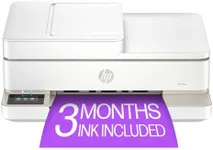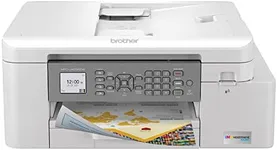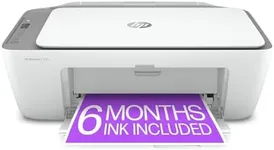Buying Guide for the Best Wireless Printers For College Students
Choosing the right wireless printer for a college student involves considering several key factors to ensure it meets their academic and personal needs. A good wireless printer should be easy to set up, reliable, and capable of handling various types of print jobs, from essays and reports to photos and graphics. Here are some important specifications to consider when selecting a wireless printer for a college student.Print QualityPrint quality is measured in dots per inch (DPI). Higher DPI means better print quality, which is important for producing clear and sharp text documents and images. For most college students, a printer with a DPI of 600x600 is sufficient for text documents, while a higher DPI, such as 1200x1200, is better for printing photos and graphics. Consider what types of documents you will be printing most often to determine the necessary print quality.
Print SpeedPrint speed is measured in pages per minute (PPM). This spec indicates how quickly a printer can produce documents. For college students who need to print large volumes of notes or assignments quickly, a higher PPM (20-30 PPM) is beneficial. However, if you only print occasionally, a lower PPM (10-15 PPM) may be sufficient. Think about your typical printing habits to choose the right print speed.
Connectivity OptionsWireless printers offer various connectivity options such as Wi-Fi, Bluetooth, and mobile printing capabilities. Wi-Fi is essential for connecting the printer to your home or dorm network, allowing multiple devices to print wirelessly. Bluetooth is useful for direct printing from smartphones and tablets. Mobile printing features, like Apple AirPrint or Google Cloud Print, enable printing from anywhere. Consider which connectivity options will be most convenient for your setup and devices.
Paper HandlingPaper handling refers to the types and sizes of paper a printer can accommodate, as well as the capacity of its paper tray. For college students, a printer that can handle standard letter-sized paper (8.5x11 inches) is usually sufficient. However, if you need to print on different paper sizes or types, such as envelopes or photo paper, ensure the printer supports these. A larger paper tray capacity (100-250 sheets) can reduce the frequency of refilling, which is convenient for heavy printing tasks.
Ink or Toner CostsThe cost of ink or toner can add up over time, so it's important to consider the long-term expenses. Inkjet printers use ink cartridges, which are generally cheaper upfront but may need frequent replacement if you print a lot. Laser printers use toner cartridges, which are more expensive initially but last longer and are more cost-effective for high-volume printing. Evaluate your printing volume and budget to decide which type of printer will be more economical for you.
Size and PortabilityThe physical size and portability of a printer are important considerations for college students who may have limited space in dorm rooms or apartments. Compact and lightweight printers are easier to fit into small spaces and can be moved around if needed. Measure the space where you plan to place the printer and choose a model that fits comfortably without taking up too much room.
Additional FeaturesAdditional features such as scanning, copying, and faxing can add versatility to a wireless printer. All-in-one printers that include these functions can be very useful for college students who need to digitize documents, make copies of notes, or send faxes. Consider what extra features you might need based on your academic and personal tasks to choose a printer that offers the right functionality.
